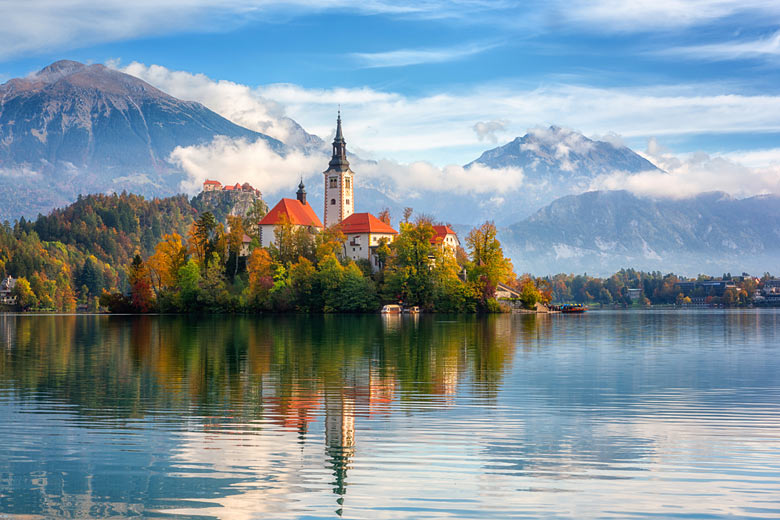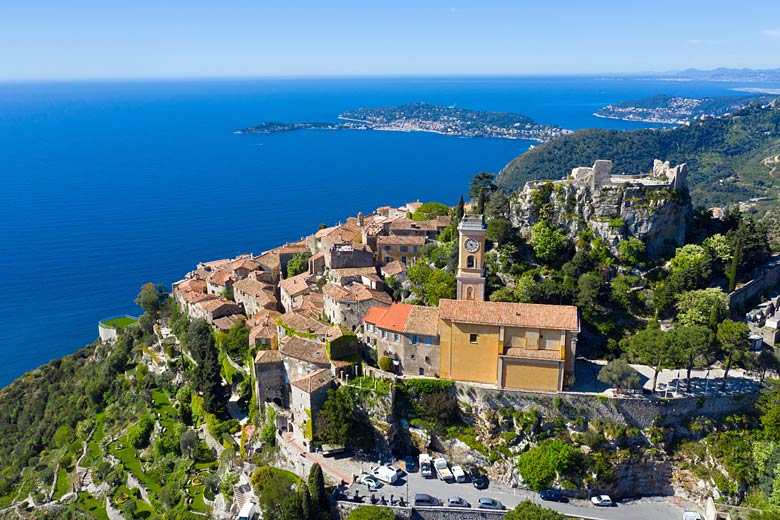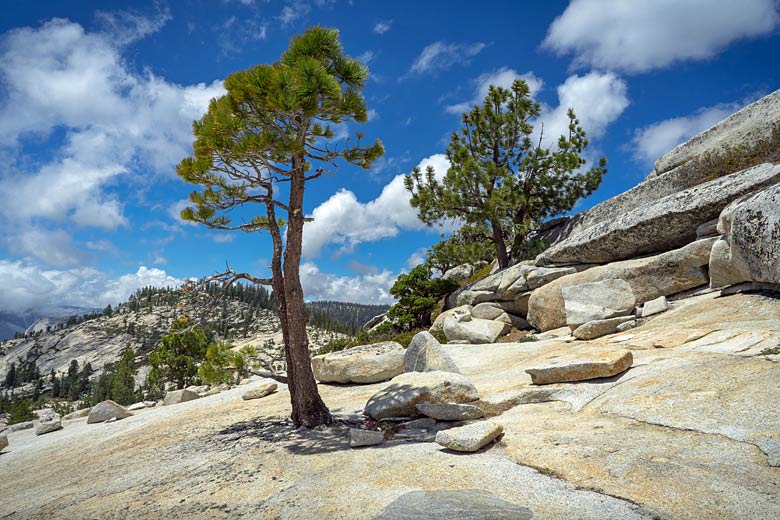Stargazing in Tenerife: how to make the most of the island's night sky
The Canary Islands* offer some of the finest places for stargazing on earth. And thanks to Tenerife's sky-scraping mountains, the peak of Mount Teide volcano at the island's centre is 3,715 metres above sea level and Spain's highest mountain, the island is possibly the best for stellar (ahem) views.
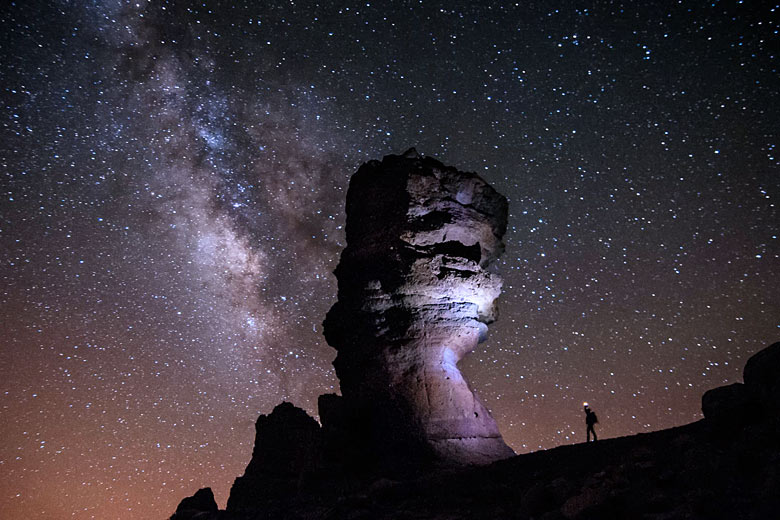
Here, Canary Islands' travel specialist Ross Clarke takes us on a celestial tour of Tenerife, the largest in the archipelago.
Getting to Tenerife: browse affordable breaks to Tenerife with Jet2holidays*, which departs from airports across the UK from January to December.
Why go stargazing in Tenerife?
You might not have seen much of the stars before if you've visited the busy resorts of the south of the island, as the light pollution will have been too great. However, if you head out of the main tourist zones (in fact, away from any town or village), the sky will light up above you.
Thankfully, in Tenerife*, this is pretty straightforward as much of the island's centre is uninhabited and easily accessible by car or on an organised tour.
The Teide National Park and the peaks of Tenerife were designated as a Starlight Reserve back in 2013, meaning the clarity of the skies and the protection of the natural environment is the highest possible standard for stargazing.
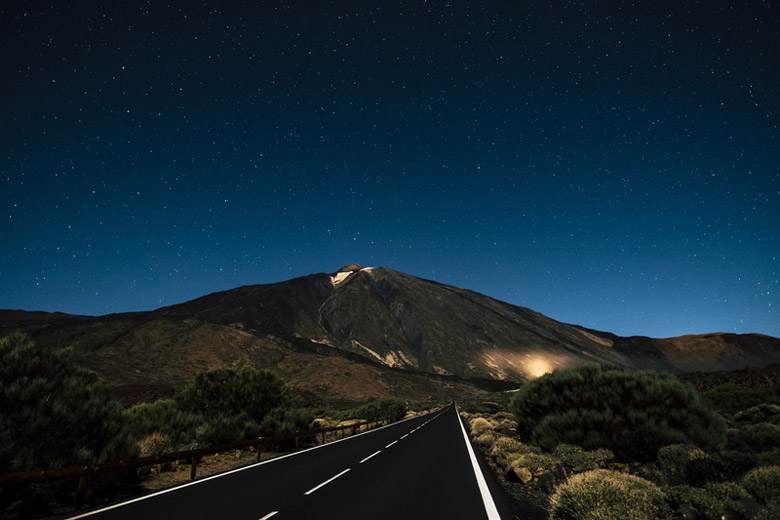
And, due to the altitude, even when it looks cloudy from the coast, you can ascend above the cloud layer and still have your feet firmly on the ground as you peer up to the heavens.
The basics of stargazing
It might sound obvious, but it needs to be dark if you want to see the stars well. That means nighttime, but also trying to have zero light around you from car headlights, mobile phones, streetlights etc.
Your eyes take time to adjust to the darkness, which also means that the longer you stay without light, the better your stargazing experience. Prepare to wait in darkness for at least 20 minutes to half an hour before you start to see above your head.
If you do need a light, use a red light or tape some red film over your torch to avoid direct white light. You might want to download a stargazing app to your phone to help you identify the constellations. Most apps will be in dark mode so as not to hinder your night vision. Then simply look up!
Tours & times
The best way to go stargazing in Tenerife is by booking an organised tour. That way, you'll have an expert, and their professional equipment, at your disposal.
There are various companies that have dedicated starlight guides and will bring telescopes and other kit to help you identify stars, constellations, and more.
Try tours with Reserva Natural del Cielo y La Tierra or Canarias Nature Guides, where you'll be guided over three hours in astronomy, history and mythology, all at a cool 2,000 metres above sea level.
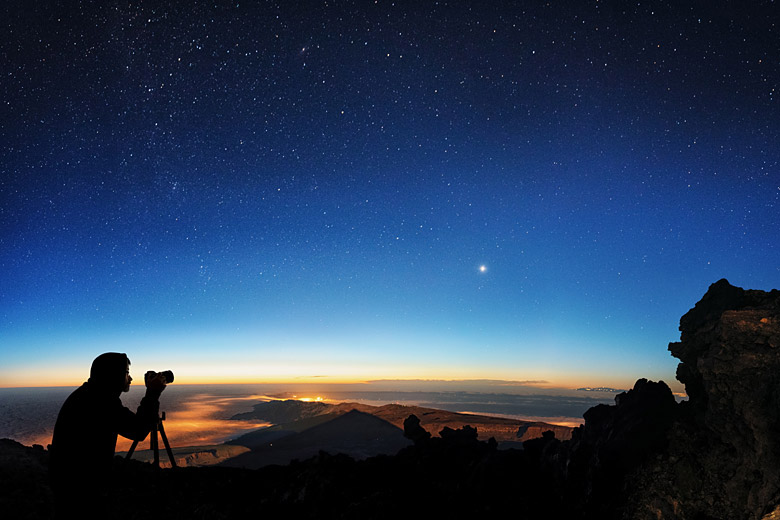
The bonus of going with a guide is that they know the perfect times of the night to get the optimum views. Luckily, you can stargaze all year round in Tenerife and you'll have a slightly different experience depending on what time of the year you go. Just be mindful that sunset is later in summer.
Where to go stargazing
As mentioned, there are many places to see the stars in Tenerife, even by driving just a few minutes up into the mountains, but some dedicated spaces make for out-of-this-world experiences.
Try heading to Llano de Ucanca, where you'll get wonderful views of Mount Teide's peak and the surrounding Martian-like landscape and experience mesmerising sunsets before the stars appear.
Other options include Minas de San Jose viewpoint, and Montaña de Guajara if you are more on the professional side; there is quite a hike to this point.
Of course, you can always make like a professional and head to the official observatory in Montaña de Izaña, where the Canarian Institute of Astrophysics conducts its research.
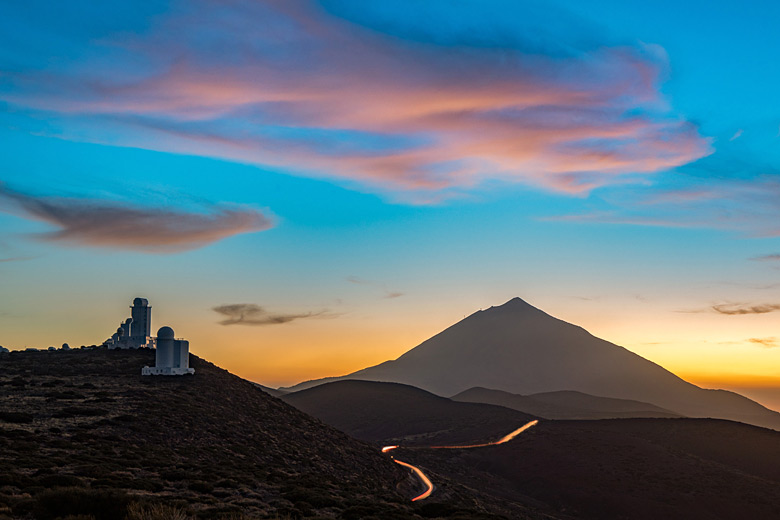
It offers private tours and has dedicated public open days every year. If you prefer a little bit of comfort, head towards the viewing points near the Parador de Las Cañadas del Teide, a hotel and refuge where you can shelter from the cold and occasional bad weather.
What to pack for stargazing in Tenerife
The good thing is that you don't need much more than your eyes. That said, there are some bits and pieces that it's wise to take with you whether on a guided tour or going by yourself.
Don't forget to pack layers and a good coat, as even in summer, the temperatures plummet on the summit. Also consider taking binoculars if you have them, a warm drink and a picnic.
Remember that the mountains are protected natural spaces, so don't stray from routes, take all rubbish with you, ensure you have enough petrol in the car and plan your route.
Climate in Tenerife
| Jan | Feb | Mar | Apr | May | Jun | Jul | Aug | Sep | Oct | Nov | Dec | |
|---|---|---|---|---|---|---|---|---|---|---|---|---|
| Maximum daytime temperature °C | ||||||||||||
| Hours of sunshine (daily) | ||||||||||||
| Days with some rainfall |
The above guide shows the climate in Vilaflor. Find out more about conditions across the island in our complete guide to the climate in Tenerife, as well as the wider Canary Islands.
Ready to go stargazing? Find great value breaks all year-round to Tenerife with Jet2holidays.
More about Tenerife
- Overview
- Best time to visit
- Weather by month
- 5-day weather forecast
- Destinations
- Travel advice
- Deals & discounts
Tenerife by month
Jan Feb Mar Apr May Jun Jul Aug Sep Oct Nov Dec
Explore holidays in the sun for less
- Beach holidays
- Family holidays
- City breaks
- Summer holidays
- Winter sun holidays
- Holiday offers
- Top travel brands
- Airlines & flights
- Discount hotels
- Airport parking deals
- TUI
- Jet2holidays
- easyJet holidays
- Love Holidays
- British Airways
Airport parking
- Manchester Airport
- Stansted Airport
- Bristol Airport
- Luton Airport
- Birmingham Airport
- Edinburgh Airport
- Gatwick Airport
- Glasgow Airport
- Newcastle Airport
Airport lounges
- Manchester Airport
- Birmingham Airport
- Bristol Airport
- Edinburgh Airport
- Glasgow Airport
- Heathrow Airport
- Newcastle Airport
- Stansted Airport
- Gatwick Airport
Be inspired
Get your weekly fix of holiday inspiration from some of the world's best travel writers plus save on your next trip with the latest exclusive offers
We promise not to share your details




















